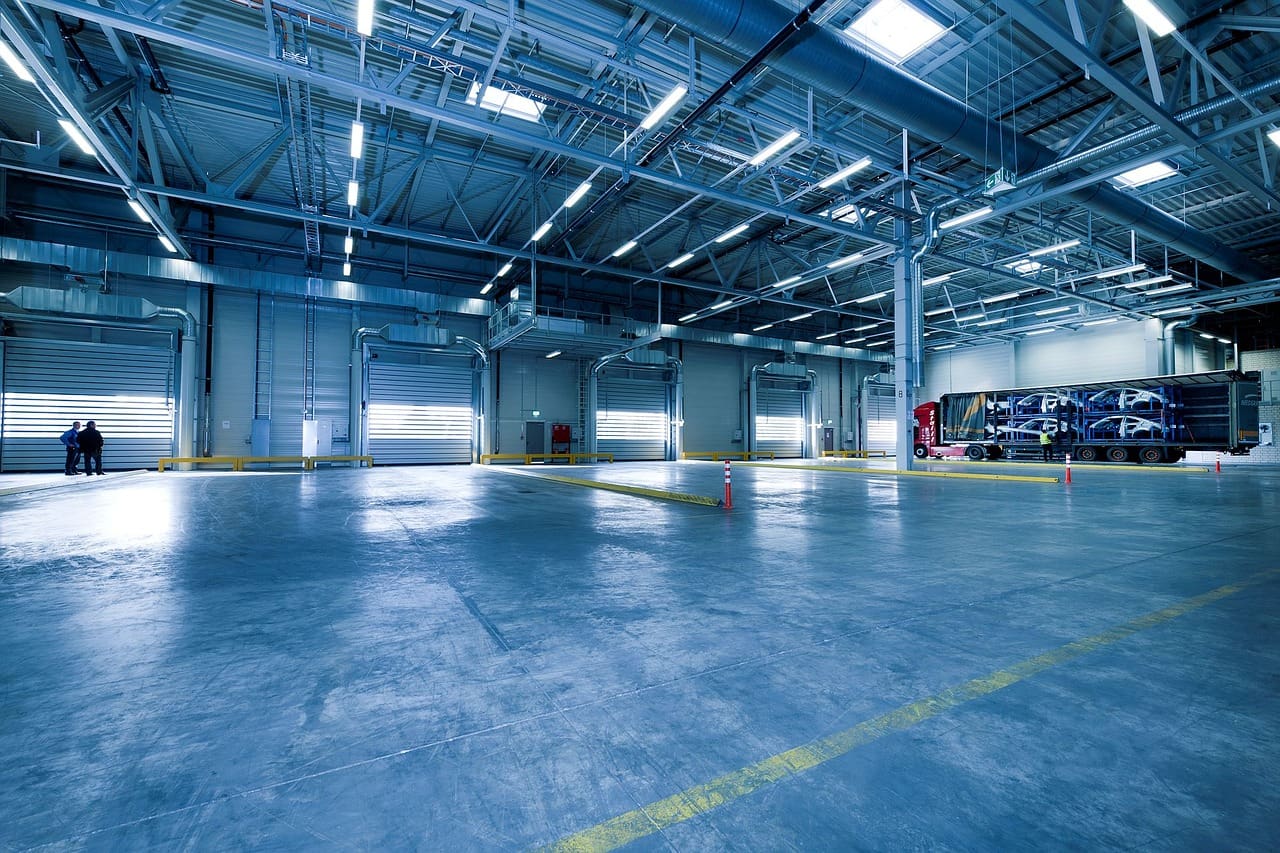CBRE has released a new report that predicts that the U.S. industrial market is on pace for a record leasing volume with activity through July 2022, reaching 587 million square feet—52 percent more than the year-earlier period. Sharply higher transportation costs—which are rising faster than rental rates—is helping to fuel this robust leasing activity.
Similar to national trends, Jessica Ostermick, a local industrial expert with CBRE in Denver, says that Denver is on pace to set a record in net absorption this year, due in large part to several significant leases signed by 3PLs, e-commerce companies and distribution users. “Indeed we are seeing users inflate their traditional footprints in Denver to allow for safety stock inventories and to accommodate the growing population-driven demand in the Rocky Mountain region,” said Ostermick.
The spike in transportation costs – across sea, land and air, is the result of backlogs at ports, rising fuel prices and increased strong consumer demand driven by e-commerce growth and the pandemic’s continued effects. For example, the cost of shipping a 40-foot container by sea from Shanghai to the Port of Los Angeles is up 235 percent from this time last year, according to Drewry Supply Chain Advisors.
To hedge against further rising costs, companies have expanded domestic warehouse space to reduce the frequency of long-distance shipping. According to CBRE’s Supply Chain Advisory, transportation costs can account for 50 to 70 percent of a U.S. company’s total logistics spend. Fixed facility costs, including real estate, comprises only 3 to 6 percent.
“It takes roughly an 8 percent increase in fixed facility costs to equate a 1 percent increase in transportation costs,” said Joe Dunlap, managing director of CBRE’s Supply Chain Advisory. “The increased real estate costs pale in comparison to what they are experiencing with transportation costs. They are calculating that it is better to pay higher rents if they can lower transportation costs with a strategic occupancy plan.”
This year’s robust leasing activity has driven the national warehouse vacancy rate down to 4.0 percent, which, in turn, has catalyzed a 9.7 percent jump in first-year rental rates.
To download the report, click here.









